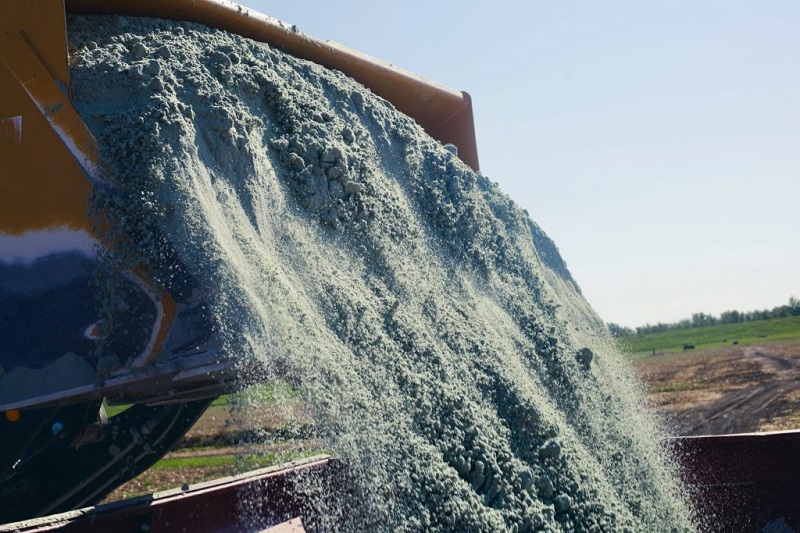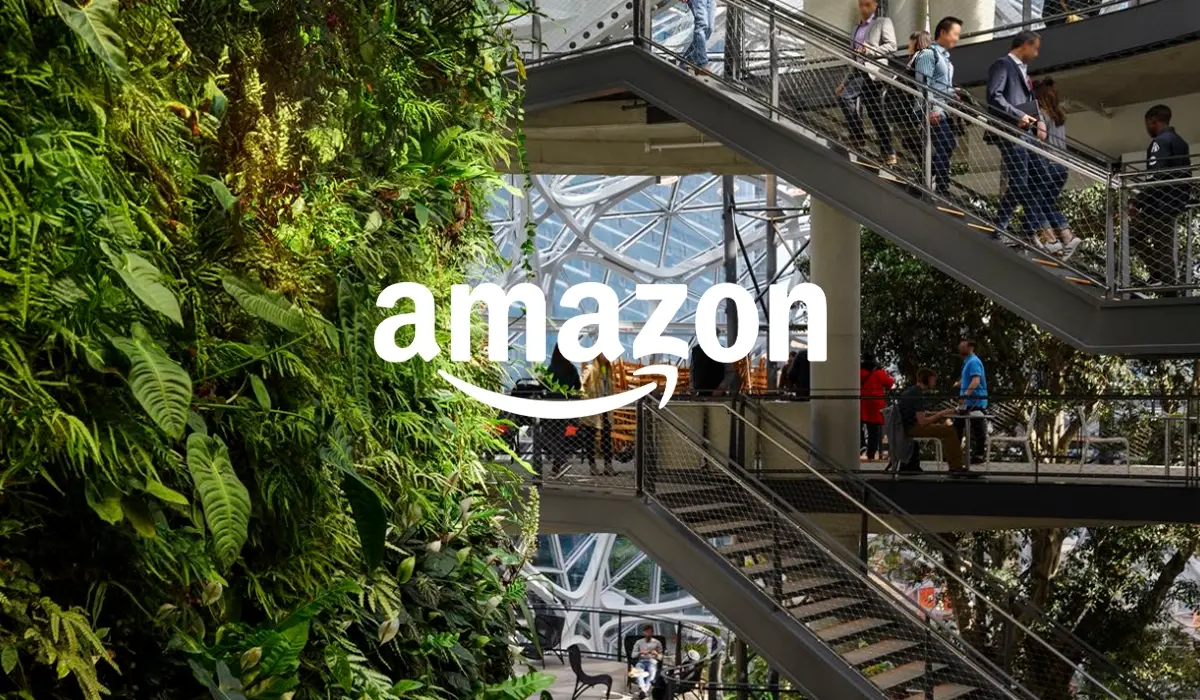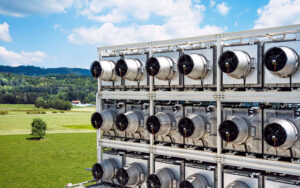Key Points:
- Trillions in Hidden Costs: Companies in the S&P Global Broad Market Index generated $3.71 trillion in unpriced environmental costs in 2021, equal to over 4% of global GDP.
- Major Contributors: Greenhouse gas emissions accounted for 63.6% of these costs, followed by air pollution (26.2%) and land use (4.7%), with fossil fuel power generation being the largest source of environmental damage.
- Rising Regulatory Pressure: As investor and regulatory pressures increase, companies face growing demands to measure and mitigate their environmental impacts, making transparency and accountability critical for sustainable business practices.
Unpriced Environmental Costs: The Hidden Burden on the Global Economy
In a world increasingly aware of its ecological footprint, S&P Global Sustainable1, with support from Capitals Coalition, has published new research highlighting the significant unpriced environmental costs generated by publicly listed companies worldwide. These costs, often overlooked, are causing trillions of dollars in damage to the environment annually, impacting everything from air quality to biodiversity.
The Scope of the Problem
According to the report, companies included in the S&P Global Broad Market Index (BMI) were responsible for $3.71 trillion in unpriced environmental costs through their direct operations in 2021. This figure represents more than 4% of the global GDP for that year. Notably, over 26% of these companies produced environmental costs that exceeded their net income, underscoring the scale and financial significance of these externalities.
The study identifies greenhouse gas (GHG) emissions as the most significant contributor, accounting for 63.6% of the unpriced environmental damage costs. Air pollution follows at 26.2%, with land use impacts making up 4.7%. Fossil fuel power generation, particularly coal, emerges as the largest source of environmental costs globally.
The Impact on Natural Capital
The report highlights the extensive dependency of these companies on natural capital—resources like plants, animals, air, water, soils, and minerals essential for their operations. Despite this reliance, the environmental costs associated with these resources remain largely unpriced, creating hidden burdens on society and ecosystems.
S&P Global BMI companies in sectors like crop cultivation and livestock production are notably dependent on ecosystem services. They are also responsible for the majority (57%) of land use-related environmental damage costs, emphasizing the need for more sustainable practices in these industries.
Change the World - Subscribe Now
Addressing Social and Human Capital
Beyond natural capital, the report also examines the implications for social and human capital. Companies in various regions are starting to address their responsibilities in these areas through commitments to protect human rights. However, these efforts often fall short of covering the entire supply chain, leaving gaps in accountability and impact management.
Air pollution, a significant environmental impact identified in the report, poses direct threats to human health, leading to diseases such as stroke, heart disease, lung disease, and cancer. The World Health Organization (WHO) estimates that air pollution is linked to 6.7 million premature deaths annually, predominantly in low- and middle-income countries. The World Bank further estimates that air pollution incurs over $8 trillion in health costs each year, equivalent to about 6.1% of global GDP.
Rising Regulatory and Investor Pressure
With the global economy heavily reliant on natural assets, the need for sustainable practices is becoming increasingly urgent. According to the World Economic Forum, over half of the global GDP—about $44 trillion—is moderately or highly dependent on nature. As investor and regulatory pressures grow, companies are being urged to measure, report, and mitigate their environmental impacts.
The final recommendations from the Taskforce on Nature-related Financial Disclosures (TNFD), released in September 2023, highlight the increasing focus on natural capital impacts and ecosystem service dependencies. Companies are expected to measure these costs, identify major environmental damage drivers, and evolve business practices to mitigate these impacts. This shift from voluntary best practices to mandatory components of risk management reflects the growing importance of sustainability in corporate strategy.
The Path Forward
For investors, this analysis offers a comprehensive view of the potential risks associated with specific business activities in particular regions, especially those with high impact ratios. These activities are likely to face increased scrutiny as climate and environmental policymaking intensifies to meet international targets such as the Paris Agreement and the UN’s Sustainable Development Goals.
For policymakers, the findings emphasize the need to accelerate the transition away from fossil fuels. While coal remains a cheap fuel source for power generation, its market price does not account for its hidden costs. Addressing the costliest environmental damage sources will yield the greatest benefits for society and nature.
As the world moves towards a more sustainable future, companies must recognize the importance of integrating the value of nature, people, and society into their decision-making processes. By internalizing these externalities, businesses can contribute to a more equitable and sustainable global economy.
Mark Gough, CEO of Capitals Coalition, highlights the importance of this analysis: “Understanding the true value of our economic activity is critical for our shared future. This report takes a step toward this by estimating the global level of environmental damage costs of publicly listed companies which are otherwise invisible. All companies depend on nature, yet they generate trillions of dollars in environmental costs that are not reflected in the market each year. These ‘hidden costs’ represent a significant burden on society and the environment, impacting everything from air quality to biodiversity to social inequity.”
To read the full report, click here.











